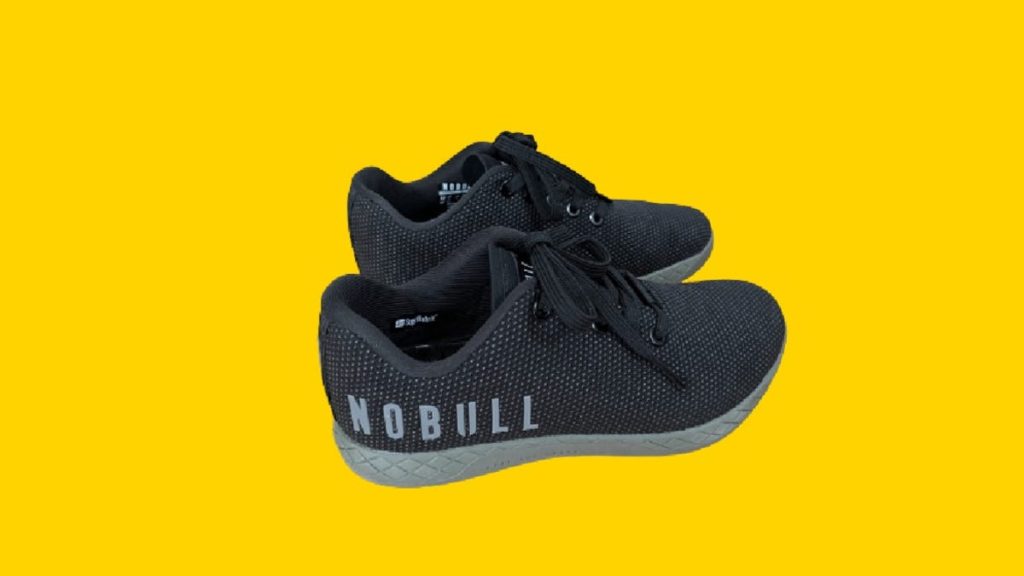Weight-lifting shoes are a specialized type of footwear that requires careful consideration when shopping for the right pair. Experts emphasize the importance of selecting shoes that are true to size, ensuring a snug fit that allows for stability and support during weight-lifting exercises. It is recommended not to shop by brand, but rather focus on finding shoes that feel comfortable and provide the necessary support for your feet. Weight-lifting shoes are not designed to help with flat feet, so it is essential to strengthen the arch and calf muscles separately.
When choosing weight-lifting shoes, there are two main styles to consider: raised-heel shoes and flat-sole shoes. Raised-heel shoes are ideal for Olympic lifting exercises, such as clean-and-jerks and snatches, as well as squatting movements that require a deeper squat position. These shoes feature a raised heel that aids in ankle mobility and squat depth, providing a stable base for lifting movements. On the other hand, flat-sole shoes, also known as minimalist shoes, offer a solid and flexible option for various exercises, including heavy lifts and cardio workouts. It is important to focus on ankle support, grip, and flexibility when selecting flat-sole weight-lifting shoes.
While heeled weight-lifting shoes are beneficial for specific exercises, such as squatting and Olympic lifting, they are not suitable for deadlifting due to their potential to shift the center of gravity forward and increase the risk of injury. It is essential to understand the limitations of each shoe style and use them accordingly to prevent unnecessary strain on the body. Additionally, flat-sole weight-lifting shoes may require additional stretching and warm-up exercises to prepare the Achilles tendon and stabilize the ankles for optimal performance during weight-lifting sessions.
Overall, finding the right weight-lifting shoes involves prioritizing comfort and stability, regardless of the brand or technological features of the shoe. The fit of the shoe plays a crucial role in ensuring proper alignment and support during weight-lifting movements. By focusing on fit, stability, and support, individuals can enhance their performance and reduce the risk of injury while engaging in various weight-lifting exercises. It is recommended to try on shoes from different brands and styles to determine which shoes feel the most comfortable and supportive for individual needs and preferences.
In conclusion, weight-lifting shoes are designed to provide stability and support during weight-lifting exercises, with various styles available to cater to different preferences and workout routines. It is essential to consider factors such as fit, comfort, and functionality when selecting weight-lifting shoes to optimize performance and reduce the risk of injury. Whether choosing raised-heel shoes for specific movements or flat-sole shoes for versatility, individuals can benefit from investing in quality weight-lifting shoes that suit their individual needs and goals. By choosing the right pair of weight-lifting shoes, individuals can enhance their workout experience and maximize their potential in the gym.


